Can Japanese knotweed damage my property?
Look at the images below – we say “yes” if you allow it to grow unchecked

watch a video
Quick Links
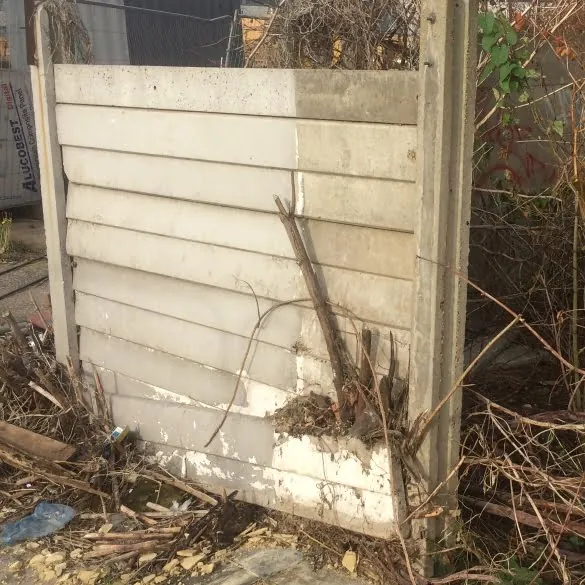
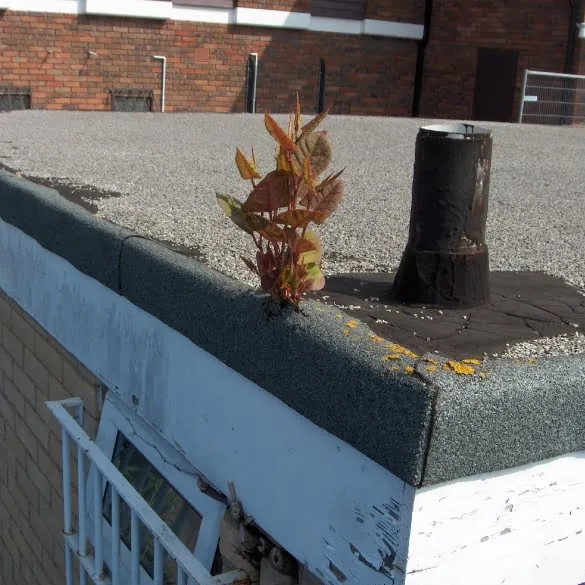
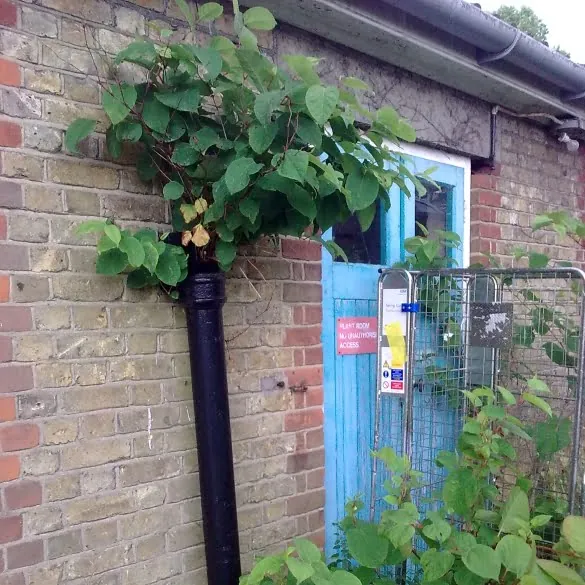
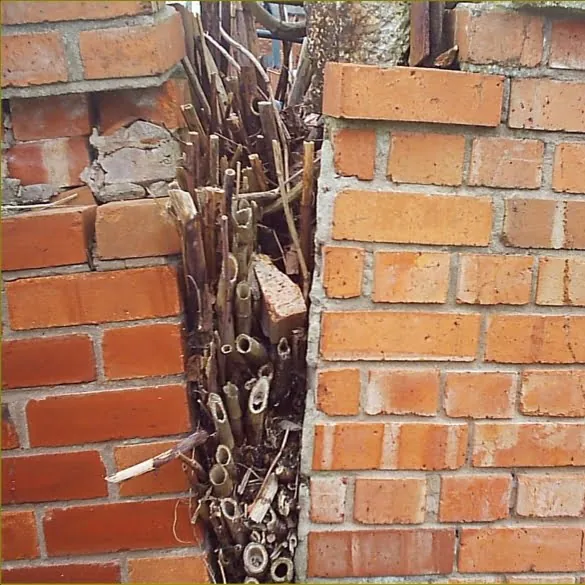
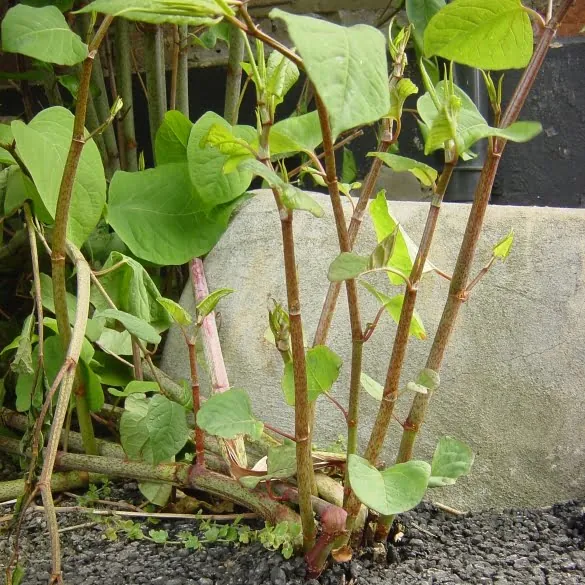
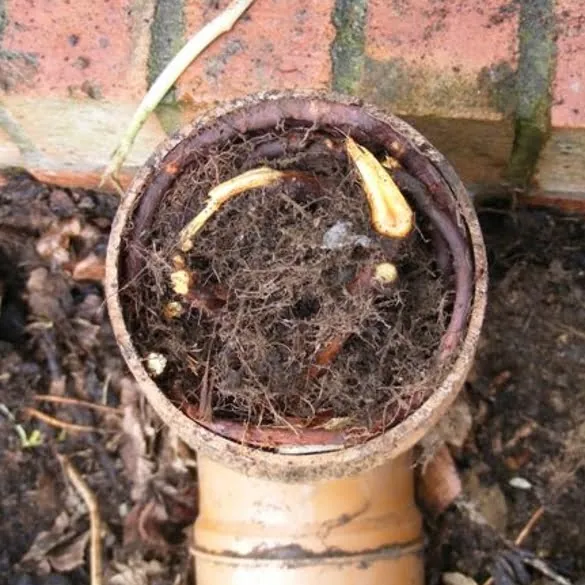
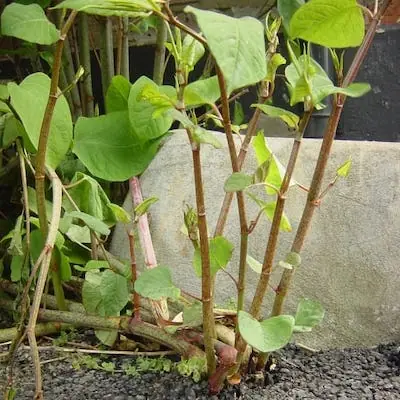
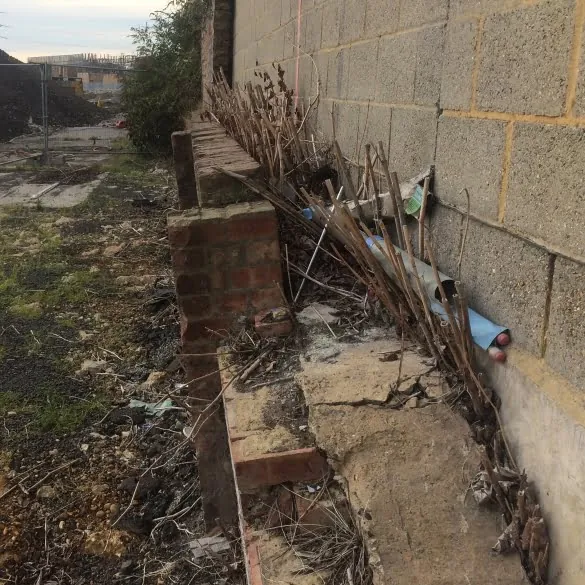
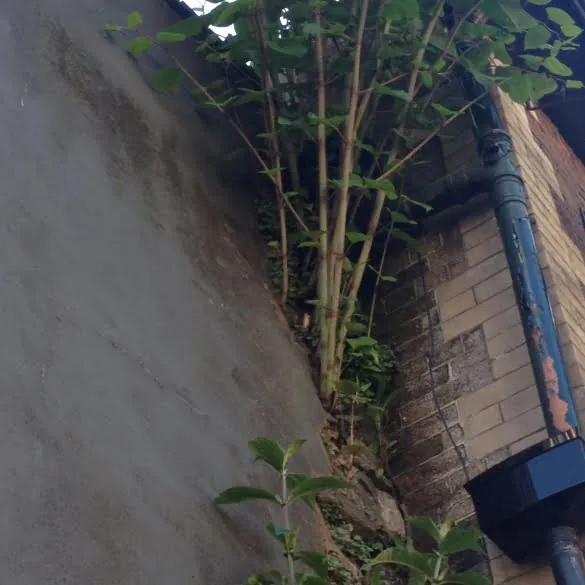
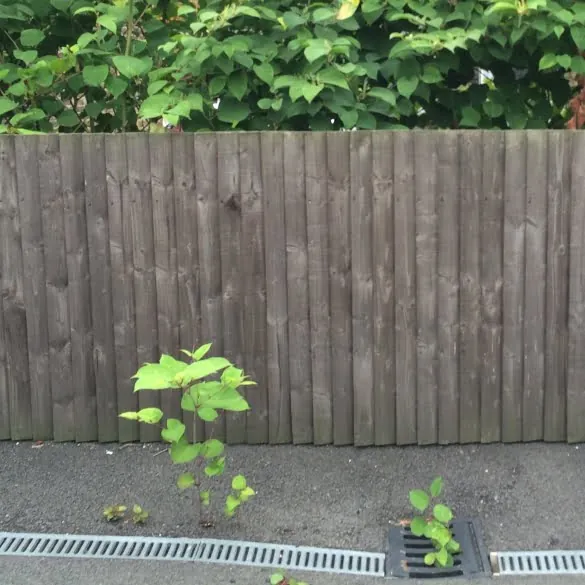
What does Japanese knotweed damage look like?
Take a look at our gallery of Japanese knotweed damage pictures and videos, showing the common types of damage that can be caused.
Is Japanese knotweed damage as bad as they say?
There is no doubt that Japanese knotweed causes damage. Some over-react to the problem, whilst others don’t take it seriously enough. It is fair to say that extreme cases of damage have been sensationalised by the media in the past to create a good story, and even to scare people into thinking that their properties are about to fall victim to this invading terror.
The reality is that while Japanese knotweed causes similar amounts of damage to other problematic species such as bamboo or buddleia, it is unfortunately much more difficult to get rid of, giving it a well earned reputation as one of the UK’s most aggressive plants.
Of course, with Japanese knotweed, damage isn’t the only concern – as there are environmental and legal implications too.


What evidence is there that Japanese knotweed causes damage?
Specialists across the UK have documented a huge portfolio of evidence of damage caused by Japanese knotweed over the last 25 years. The natural tendency of the media is, of course to highlight the worst-case scenario possible, meaning that the true scale of damage caused by Japanese knotweed is often overstated. That doesn’t mean that it should be ignored, however.
There have been reports in newspapers claiming that a property needed to be demolished as knotweed was growing under it. This is plainly not true, but to say that Japanese knotweed does not cause significant damage to buildings is also not true. As usual the truth lies between these two extremes of views.
A limited study published in 2018 called “Japanese knotweed (Fallopia japonica): An analysis of capacity to cause structural damage (compared to other plants) and typical rhizome extension” concluded that;
“(Japanese knotweed) should not be considered any more of a risk, with respect to capacity to cause structural damage in urban environments, than a range of other species of plant, and less so than many.”
While it is true that structural damage may be rare, you will see from our gallery of images that damage in general is much more common.
How does Japanese knotweed cause damage?
Japanese knotweed is unlikely to cause significant structural damage to buildings indirectly by subsidence, or by collapse. Japanese knotweed does however cause damage, both by its above ground canopy exerting pressure on adjacent walls/fences, but also by its expanding network of underground rhizomes and roots, and, for mature stands, its crown.
Creeping, highly regenerative rhizomes have the ability to exploit weaknesses in built structures, and will then expand over time, exerting pressure on the element to cause damage. The general rule of thumb is that if water can penetrate it, so can knotweed.


Can Japanese knotweed grow through concrete?
The simple answer to this question is no. When people first find Japanese knotweed on their property it often leads to a sense of panic and an attempt to get rid of it. One of the stories that we often see about this invasive weed is that it can grow through concrete, but this is actually a myth.
Japanese knotweed is a highly invasive and fast-growing plant with the potential to cause significant damage, which is why it is so important to get rid of it quickly.
No plant can actually get through solid concrete but it will seek out cracks to try and eventually break through. When the plant starts to grow more, it can force apart the surrounding concrete and cause more damage. If you have an area of concrete and it’s intact with no cracks and fissures, it is likely that, if present, Japanese knotweed would grow around it, rather than through it.
Start fixing your invasive plant problem today by requesting a survey
Request a survey
Rest assured, where invasive species are identified at an early stage and tackled correctly, problems can usually be avoided. Our specialist consultants complete thorough surveys to identify the extent of the problem. Our plans aren’t one-size-fits-all; they’re customised to tackle the invasive species at your property effectively, taking account of all of your requirements.
What our clients say
Reviews
A very thorough and meticulous job
by Paul Miles
“Discovering knotweed in your garden is a stressful experience but this team , Samir, Gavin and Will helped to put things in perspective. They shared information with us every step of the way and were honest and kind. Their finger tip search was superb! We could not fault the job – which was a challenge!”
Professional and courteous
by Catherine Christie
“Dealing with Japanese Knotweed is stressful but Environet have come along, dealt with the situation and hopefully that will be the end of it. If not, they are on hand to help. Very thorough and professional in their approach and with the guarantee I am confident there is no further issue. I am truly grateful.”
Japanese Knotweed removal
by A Heather
“We contacted Environet during the Covid 19 lockdown after discovering Japanese Knotweed in our garden. I was put in touch with Emily Grant. I’ve been extremely impressed by my dealings with Environet and would highly recommend them based on my experience. Many thanks.”
A company that gets the job done properly
by Anthony
“Environet undertook a dig and dump to eradicate knotweed from my garden. It was a complicated project but the Environet team saw it through to the end. This is a company that really gets the job done, even when the knotweed threw unexpected surprises at them! I would highly recommend.”
A knotty problem
by Sharon Hulme
“There is no escaping the fact that dealing with knotweed isn’t cheap but the service provided by Environet ensures peace of mind, so we were very satisfied.”
GET IN TOUCH
Contact us
Our team of experts is available between 9am and 5:30pm, Monday to Friday to answer your enquiries and advise you on the next steps
Want a survey?
If you already know you have an invasive plant problem, you can request a survey online in less than two minutes by providing a few brief details. A member of the team will swiftly come back to you with further information and our availability.
Need quick plant identification?
Simply upload a few images of your problem plant to our identification form and one of our invasive plant experts will take a look and let you know, free of charge what you are dealing with. We’ll also be there to help with next steps where necessary.



